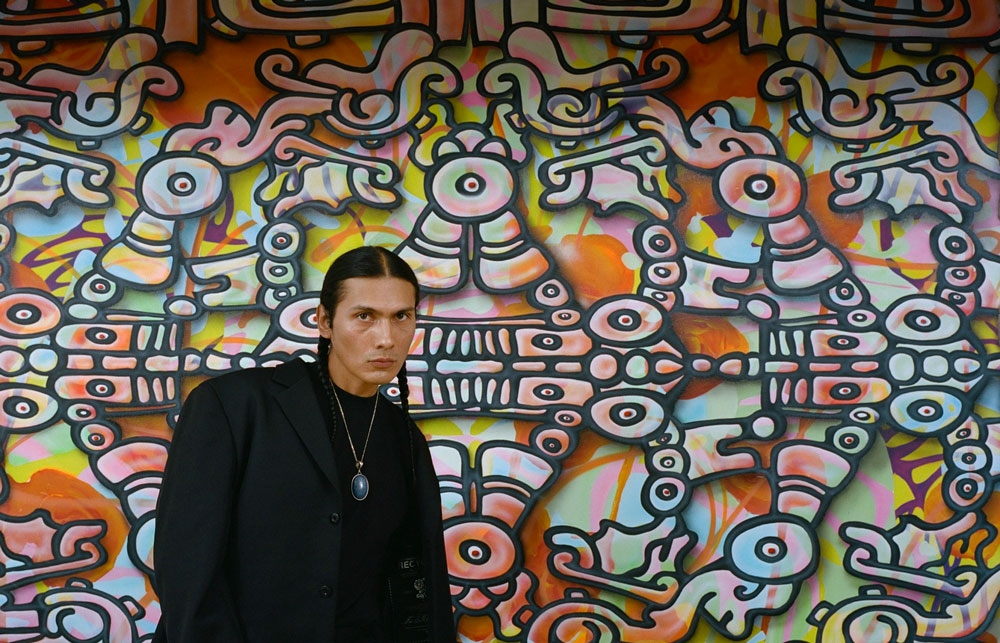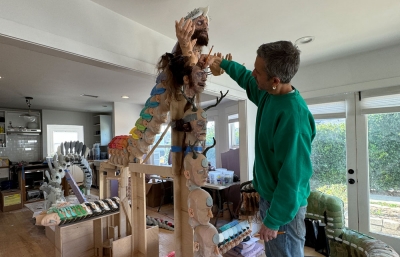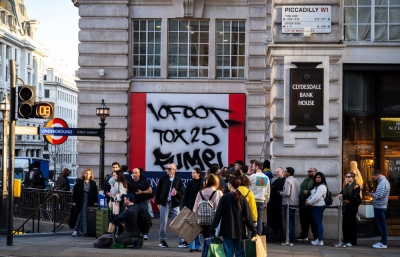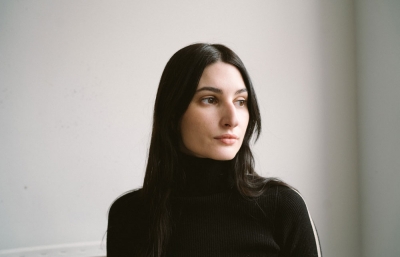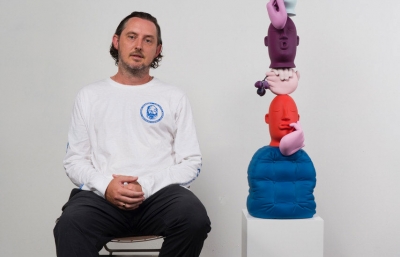I remember your work and the bonding experiences we shared, all the reconstructed images of our shared childhoods. What helped you determine how to make it work?
A lot of the imagery that makes it into my paintings references pre-existing murals from South Central. I also look closely at pre-Colombian manuscripts, contemporary cartoons, and graffiti. Blending generational histories, ancient folklore, and pop culture helps me understand the complexities of my identity and how these shared experiences are constructed. For instance, In my work, I reference Goku, the main protagonist of the Dragon Ball manga series. He is a character whose image is so admired in all cultures that he starts to become a God-like figure. While he is fictional, his image works as a point of connection and he adds to the fabric of people’s identities. I chose imagery that has made some kind of positive impact on my life.
That’s so interesting to me because it feels like a metaphor for masculinity and the ways we were expected to be in our neighborhoods growing up.
There is always that pressure of being perfect.
Yeah, and the work speaks to me in a different way that makes it finally feel like it's okay not to be perfect. It's almost like it's finally cool to be where we’re from in the art world.
I think it's because we're so authentic to ourselves.
I agree, and yet there’s something so aspirational at the same time. It’s so impressive to watch you step into such self-empowerment. You have this control over your goals. Can we talk a little about your last solo show?
Yes, my solo show, Por Debajo, meaning “from below” in Spanish, opened last summer at Ochi Projects in Los Angeles. For this exhibition I repurposed objects I found in South Central and in adjacent neighborhoods in Los Angeles. Por Debajo featured painted camper shells, storefront awnings, and construction materials. Through each textured surface, and reclaimed object, I honor the life and legacy of these cultural artifacts. I closely examine the mark-making in pre-Columbian manuscripts and reconfigure the lines and shapes into repeating patterns that resemble DNA sequences. The multiplication and extension of the language honors the Mexican people, culture, and deities.
I initially met Ochi Gallery back in 2018, and when I met them, I wasn’t quite ready. I was still working out of my bedroom and figuring things out. Also, at that time I was focusing my energy on starting a gallery and recording studio called “SOLÁ.” We were open only for a short time, but it helped me find the community I have now. It was located on top of an alternator shop that my business partner's family owned—the perfect place. It was located on Firestone Blvd in South Central, and it became the first art gallery in that neighborhood. I was really proud of what was coming out of there. We were quickly building momentum, but unfortunately, the building was sold due to gentrification and we were forced to leave. It was a huge bummer, and it set me back. But ultimately, I believe that starting up that space prepared me for opening up Tlaloc Studios.





